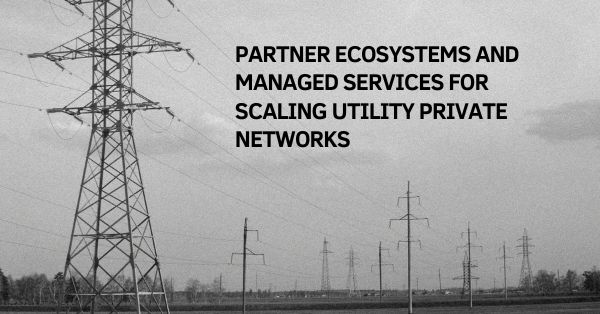The advent of 5G technology has introduced unparalleled opportunities for innovation and growth in various sectors, including manufacturing, energy, and transportation. Its low latency, high bandwidth, and enhanced capacity enable real-time data exchange and support diverse applications, such as automation, augmented reality, and remote monitoring. However, these opportunities also bring about new security challenges, particularly in the realm of operational technology (OT). As industries increasingly rely on interconnected systems and 5G-enabled use cases, ensuring the security of OT becomes crucial for business continuity and overall success.
OT Security Challenges in 5G Industrial Use Cases
- Increased Interconnectivity The integration of IT and OT networks in 5G industrial use cases has expanded the potential attack surface for cybercriminals. As a result, the once-isolated OT systems are now more susceptible to cyberattacks, with potential consequences ranging from data breaches to physical damage.
- Evolving Cyber Threats Cybercriminals are constantly developing new attack vectors, exploiting vulnerabilities in hardware and software, and targeting OT systems to disrupt critical infrastructure. Ransomware, malware, and advanced persistent threats (APTs) pose serious risks to the operational integrity and safety of industrial environments.
- Supply Chain Risks The global nature of 5G technology supply chains exposes organizations to potential vulnerabilities in hardware, software, and services from third-party providers. As 5G networks increasingly connect to OT systems, ensuring the security of supply chains becomes a vital aspect of overall operational security.
Securing Operational Technology in 5G Industrial Environments
- Risk Assessment and Management Organizations must prioritize risk assessment and management to identify vulnerabilities, assess potential threats, and develop strategies to mitigate risks. This process should involve mapping out the OT infrastructure, assessing current security measures, and identifying areas requiring improvement.
- Defense-in-Depth Strategy A layered security approach, known as defense-in-depth, should be implemented to protect OT systems from various cyber threats. This includes multiple layers of security measures, such as network segmentation, intrusion detection systems, firewalls, and access control mechanisms, to provide a comprehensive security solution.
- Monitoring and Incident Response Continuous monitoring of the OT environment is crucial to detect and respond to threats in real-time. Organizations should establish a security operations center (SOC) to monitor and analyze network traffic, detect anomalies, and initiate swift incident response procedures.
- Security Awareness and Training Human error remain a significant factor in many cybersecurity incidents. To mitigate this risk, organizations should invest in security awareness training and educate employees on the importance of following security policies and procedures.
- Collaborative Approach A collaborative approach between industry stakeholders, including equipment manufacturers, network operators, and security solution providers, is essential for the development of standardized security frameworks and best practices that address the unique challenges of OT security in 5G industrial use cases.
Conclusion
The growing adoption of 5G technology in industrial use cases presents both opportunities and challenges for the security of operational technology. By understanding these challenges and implementing robust security measures, organizations can effectively protect their OT systems from potential threats and ensure the successful integration of 5G technology into their operations.




























